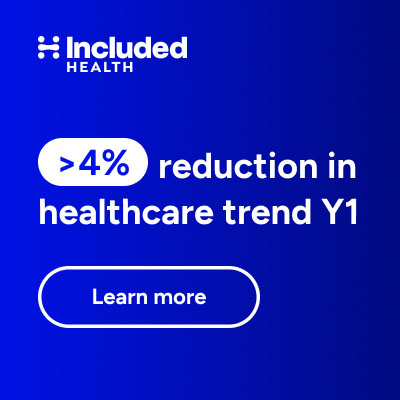
By MIKE MAGEE
Let me be the first to introduce you to Claude Elwood Shannon. If you have never heard of him but consider yourself informed and engaged, including at the interface of AI and Medicine, don’t be embarrassed. I taught a semester of “AI and Medicine” in 2024 and only recently was introduced to “Claude.”
Let’s begin with the fact that the product, Claude, is not the same as the person, Claude. The person died a quarter century ago and except for those deep in the field of AI has largely been forgotten – until now.
Among those in the know, Claude Elwood Shannon is often referred to as the “father of information theory.” He graduated from the University of Michigan in 1936 where he majored in electrical engineering and mathematics. At 21, as a Master’s student at MIT, he wrote a Master’s Thesis titled “A Symbolic Analysis Relay and Switching Circuits” which those in the know claim was “the birth certificate of the digital revolution,” earning him the Alfred Noble Prize in 1939 (No, not that Nobel Prize).
None of this was particularly obvious in those early years. A University of Michigan biopic claims, “If you were looking for world changers in the U-M class of 1936, you probably would not have singled out Claude Shannon. The shy, stick-thin young man from Gaylord, Michigan, had a studious air and, at times, a playful smirk—but none of the obvious aspects of greatness. In the Michiganensian yearbook, Shannon is one more face in the crowd, his tie tightly knotted and his hair neatly parted for his senior photo.”
But that was one of the historic misreads of all time, according to his alma mater. “That unassuming senior would go on to take his place among the most influential Michigan alumni of all time—and among the towering scientific geniuses of the 20th century…It was Shannon who created the “bit,” the first objective measurement of the information content of any message—but that statement minimizes his contributions. It would be more accurate to say that Claude Shannon invented the modern concept of information. Scientific American called his groundbreaking 1948 paper, “A Mathematical Theory of Communication,” the “Magna Carta of the Information Age.”
I was introduced to “Claude” just 5 days ago by Washington Post Technology Columnist, Geoffrey Fowler – Claude the product, not the person. His article, titled “5 AI bots took our tough reading test. One was smartest — and it wasn’t ChatGPT,” caught my eye. As he explained, “We challenged AI helpers to decode legal contracts, simplify medical research, speed-read a novel and make sense of Trump speeches.”
Judging the results of the medical research test was Scripps Research Translational Institute luminary, Eric Topol. The 5 AI products were asked 115 questions on the content of two scientific research papers : Three-year outcomes of post-acute sequelae of COVID-19 and Retinal Optical Coherence Tomography Features Associated With Incident and Prevalent Parkinson Disease.
Not to bury the lead, Claude – the product – won decisively, not only in science but also overall against four name brand competitors I was familiar with – Google’s Gemini, Open AI’s ChatGPT, Microsoft Copilot, and MetaAI. Which left me a bit embarrassed. How had I never heard of Claude the product?
For the answer, let’s retrace a bit of AI history.















